*Please take your time with this one and pass it on to anyone you know who might be in need, thanks!
Working a job in a nursery, running my own business and writing a book, taking care of family and a geriatric dog are the tip of the iceberg for the makings of my very busy life. I’m CERTAIN that yours is as well, many of you can take that list and multiply the dimension of stress by two or three without a doubt in my mind.
I found myself in very desperate need of a mental health break, if only for an hour yesterday, when a client mentioned that she had recently been to the local botanical garden and how beautiful it is right now. The Bellevue Botanical Garden is a place that I typically only have time to visit in the “off-season”. So, when my client mentioned this, I was kind of dumbstruck by the idea that I should pit-stop by there on the way to my next client and take some time for myself.

Entrance at the Bellevue Botanical Garden
The very idea of visiting this place for just a quick hour, to dash in and soak up the loveliness seemed SO decadent and truly illicit with everything else on my plate. But, as I pulled into the parking lot, my heart racing with anticipation of meeting my heart’s desire for a moment of afternoon delight, I realized that this really is important. And why the heck was I feeling SO dang guilty about it?
I know a good number of people whom I dearly wish I could give this same healing moment to, so this my dear friends, is my gift to you. Yes, YOU! After a life altering decision that stressed you out to the point of a migraine, this is for YOU! After a serious surgery that takes a very long and hugely painful recovery, this is for YOU! After losing a beloved and dear friend, this is for YOU! After having a difficult time with a spouse and trying to decide your life’s direction, this is for YOU! While suffering with a debilitating disease daily, this is for YOU! And to the many others who work tirelessly and silently to help heal, this is most especially for YOU!
This moment begs for a bit of revelry about the idea of “inspiration” as well. I can think of no better thing to illustrate that point than this scene with Audrey Hepburn and Richard Dreyfuss in one of my all time favorite movies “Always” where she explains Divine Inspiration. It gives me great comfort and makes me think of my own personal relationship with nature. I hope you feel it too.
I’m also inspired by a writer and philosopher named Eckhart Tolle and his book “Stillness Speaks”. Here is a wonderful excerpt from the book that might be enlightening for you as well as my photo journey that special hour. ENJOY and HEAL thyself. 🙂
Chapter 7
Excerpted from: STILLNESS SPEAKS
By Eckhart Tolle
We depend on nature not only for our physical survival. We also need nature to show us the way home, the way out of the prison of our own minds. We got lost in doing, thinking, remembering, anticipating – lost in a maze of complexity and a world of problems.
We have forgotten what rocks, plants, and animals still know. We have forgotten how to be – to be still, to be ourselves, to be where life is: Here and Now.
Whenever you bring your attention to anything natural, anything that has come into existence without human intervention, you step out of the prison of conceptualized thinking and, to some extent, participate in the state of connectedness with Being in which everything natural still exists.
To bring your attention to a stone, a tree, or an animal does not mean to think about it, but simply to perceive it, to hold it in your awareness.
Something of its essence then transmits itself to you. You can sense how still it is, and in doing so the same stillness arises within you. You sense how deeply it rests in Being – completely at one with what it is and where it is. In realizing this, you too come to a place of rest deep within yourself.
When walking or resting in nature, honor that realm by being there fully. Be still. Look. Listen. See how every animal and every plant is completely itself. Unlike humans, they have not split themselves in two. They do not live through mental images of themselves, so they do not need to be concerned with trying to protect and enhance those images. The deer is itself. The daffodil is itself.
All things in nature are not only one with themselves but also one with the totality. They haven’t removed themselves from the fabric of the whole by claiming a separate existence: “me” and the rest of the universe.
The contemplation of nature can free you of that “me,” the great troublemaker.
Bring awareness to the many subtle sounds of nature – the rustling of leaves in the wind, raindrops falling, the humming of an insect, the first birdsong at dawn. Give yourself completely to the act of listening. Beyond the sounds there is something greater: a sacredness that cannot be understood through thought.
You didn’t create your body, nor are you able to control the body’s functions. An intelligence greater than the human mind is at work. It is the same intelligence that sustains all of nature. You cannot get any closer to that intelligence than by being aware of your own inner energy field – by feeling the aliveness, the animating presence within the body.
The playfulness and joy of a dog, its unconditional love and readiness to celebrate life at any moment often contrast sharply with the inner state of the dog’s owner – depressed, anxious, burdened by problems, lost in thought, not present in the only place and only time there is: Here and Now. One wonders: living with this person, how does the dog manage to remain so sane, so joyous?
When you perceive nature only through the mind, through thinking, you cannot sense its aliveness, its beingness. You see the form only and are unaware of the life within the form – the sacred mystery. Thought reduces nature to a commodity to be used in the pursuit of profit or knowledge or some other utilitarian purpose. The ancient forest becomes timber, the bird a research project, the mountain something to be mined or conquered.
When you perceive nature, let there be spaces of no thought, no mind. When you approach nature in this way, it will respond to you and participate in the evolution of human and planetary consciousness.
Notice how present a flower is, how surrendered to life.
The plant that you have in your home – have you ever truly looked at it? Have you allowed that familiar yet mysterious being we call plant to teach you its secrets? Have you noticed how deeply peaceful it is? How it is surrounded by a field of stillness? The moment you become aware of a plant’s emanation of stillness and peace, that plant becomes your teacher.
Watch an animal, a flower, a tree, and see how it rests in Being. It is itself. It has enormous dignity, innocence, and holiness. However, for you to see that, you need to go beyond the mental habit of naming and labeling. The moment you look beyond mental labels, you feel that ineffable dimension of nature that cannot be understood by thought or perceived through the senses. It is a harmony, a sacredness that permeates not only the whole of nature but is also within you.
The air that you breathe is nature, as is the breathing process itself.
Bring your attention to your breathing and realize that you are not doing it. It is the breath of nature. If you had to remember to breathe, you would soon die, and if you tried to stop breathing, nature would prevail.
You reconnect with nature in the most intimate and powerful way by becoming aware of your breathing and learning to hold your attention there. This is a healing and deeply empowering thing to do. It brings about a shift in consciousness from the conceptual world of thought to the inner realm of unconditioned consciousness.
You need nature as your teacher to help you re-connect with Being. But not only do you need nature, it also needs you.
You are not separate from nature. We are all part of the One Life that manifests itself in countless forms throughout the universe, forms that are all completely interconnected. When you recognize the sacredness, the beauty, the incredible stillness and dignity in which a flower or a tree exists, you add something to the flower or the tree. Through your recognition, your awareness, nature too comes to know itself. It comes to know its own beauty and sacredness through you!
A great silent space holds all of nature in its embrace. It also holds you.
Only when you are still inside do you have access to the realm of stillness that rocks, plants, and animals inhabit. Only when your noisy mind subsides can you connect with nature at a deep level and go beyond the sense of separation created by excessive thinking.
Thinking is a stage in the evolution of life. Nature exists in innocent stillness that is prior to the arising of thought. The tree, the flower, the bird, the rock are unaware of their own beauty and sacredness. When human beings become still, they go beyond thought. There is an added dimension of knowing, of awareness, in the stillness that is beyond thought.
Nature can bring you to stillness. That is its gift to you. When you perceive and join with nature in the field of stillness, that field becomes permeated with your awareness. That is your gift to nature.
Through you nature becomes aware of itself. Nature has been waiting for you, as it were, for millions of years.
 Excerpted from: STILLNESS SPEAKS, by Eckhart Tolle, $17.00, Hardcover, Published by New World Library and Namaste Publishing
Excerpted from: STILLNESS SPEAKS, by Eckhart Tolle, $17.00, Hardcover, Published by New World Library and Namaste Publishing















































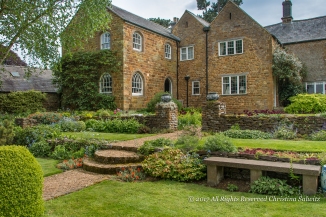


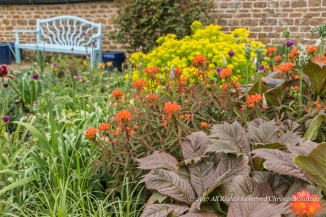















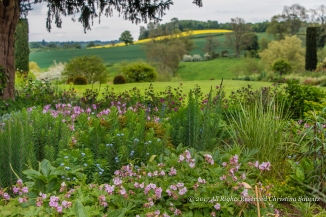










































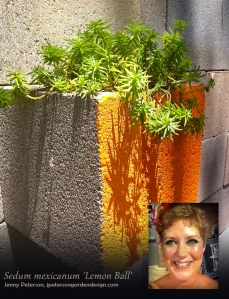



















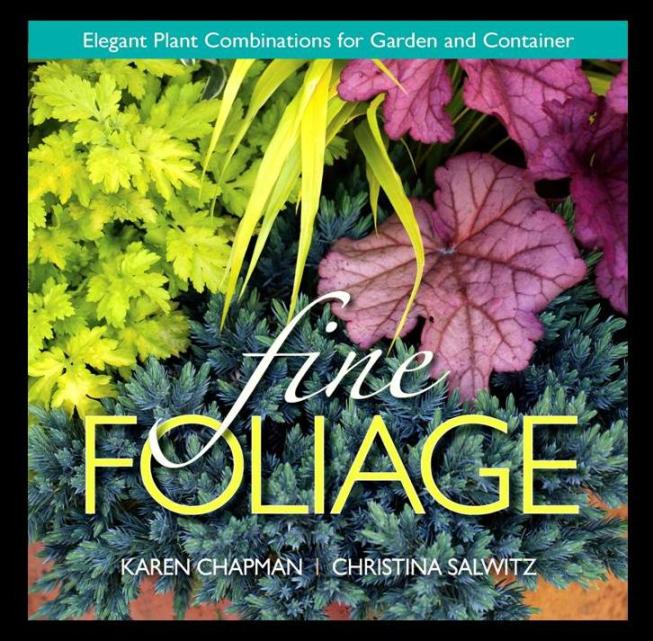


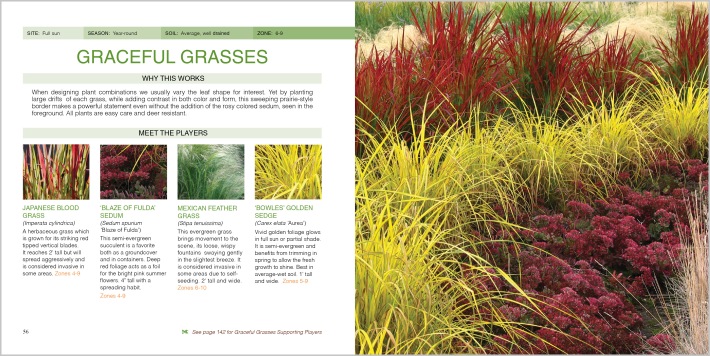




















 Excerpted from: STILLNESS SPEAKS, by Eckhart Tolle, $17.00, Hardcover, Published by New World Library and Namaste Publishing
Excerpted from: STILLNESS SPEAKS, by Eckhart Tolle, $17.00, Hardcover, Published by New World Library and Namaste Publishing











































